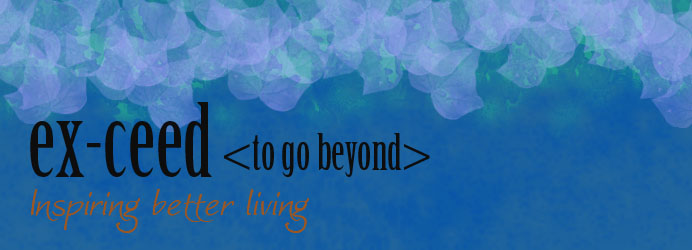I’ve been getting ‘downloads’ from God (His revelation) for over 20 years now, and I was reminded of this truth recently. I’ve written on it at least once as it happens (see this one I wrote in 2016).
This is the central premise:
Life challenges us mostly in
knowing when and how to hold on
and when and how to let go.
We need to know when and how to hold on. And both these questions are pertinent: when or when not to hold on; when to hold on or let go. And once we’ve discerned whether we need to hold on or let go (one way or the other) then the ‘how’ question becomes the key.
There are two types of wisdom in range: 1) discerning one way or the other, and possibly harder, 2) how to navigate the journey of either holding on or letting go. And there are many times when it’s a combination of holding on and letting go. Discerning when each is required, the right way of doing it, the right heart attitude helping us.
We need to hold on when giving up would imperil or sabotage our long-held efforts — maintaining a steady gait over the long arc of obedience.
Just like it is crucial to hold onto the handle bars of a bicycle when we’re negotiating an undulating grade, we must hold on when life is perilous.
We need to hold on or let go when tempted by selfishness or laziness.
We need to hold on and continue going when, though it is painful, life is hard.
There is a lot of trust in holding on when we would rather let go, give up, start over. But when starting over would leave only regret later, we’re guided wisely to hold on through the hardship.
Just the same, it’s too easy to hold on when we should let go.
When bitterness and resentment drives us, especially in addiction, we are blessed when we let go. It can seem the hardest thing when we’re constantly reminded and angered by certain things that have gone wrong for us, or where we felt we were wronged. But bitterness and resentment holds on keys, and both are a tricky labyrinth infuriating us more and more.
Better is the wisdom to do
what must be done to keep ourselves healthy.
Letting go is genius in a world full of goads.
We only need to get behind the steering wheel and we find we’re quickly in some sort of conflict — none of it may come from us, but it still comes at us. How is it that ‘performance’ is most tested on the road? Or elevators. Or when shopping. Being in public pits us against many who are not the slightest bit committed to growth. And without the wisdom that says, “I’m going to let it go!” we end up drawn into regrettable moments in an instant.
Letting go is dreaming into the curious world of possibility if only we can forgive the things we cannot change.
Vexations of soul cannot be contended with.
Best we leave them in their fury.
Adulthood is the invitation to learn the wisdom of letting go.
Patience is wisdom for both holding on and letting go — both in deciding, executing, and staying the journey. So is humility. These two lead to gentleness and kindness, if only we’re happy — heart blessed — to be patient and humble.








